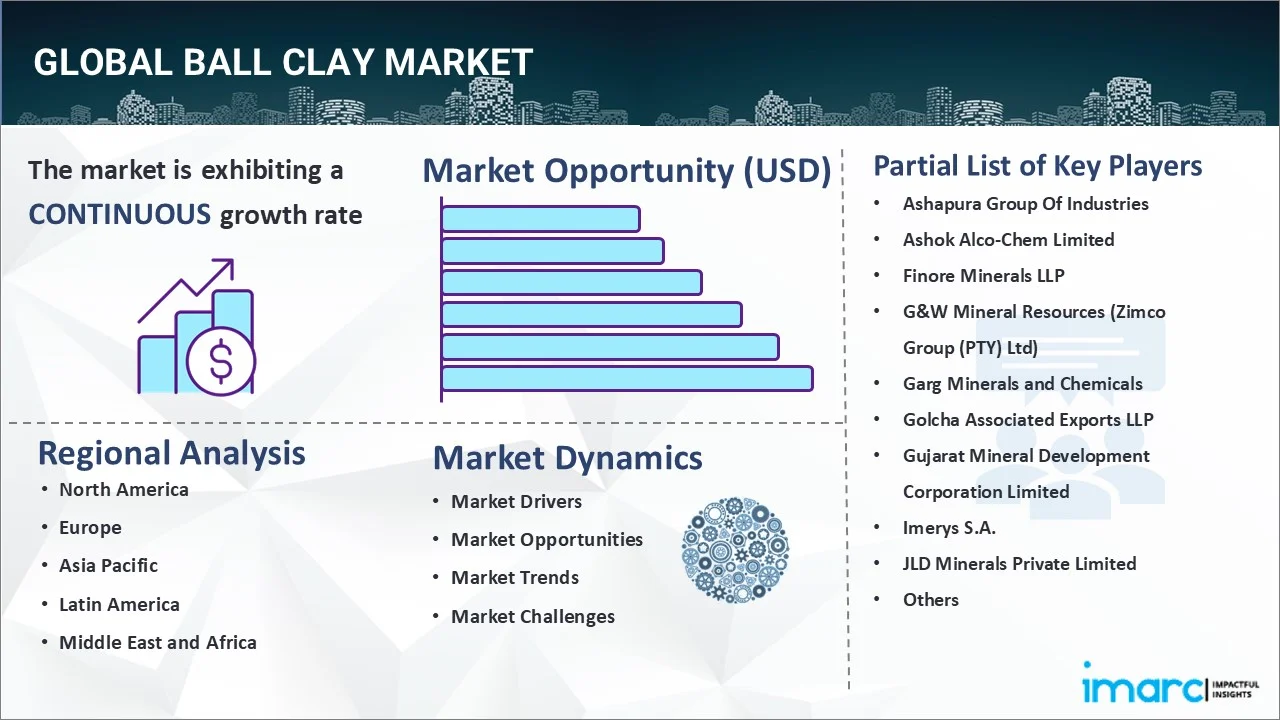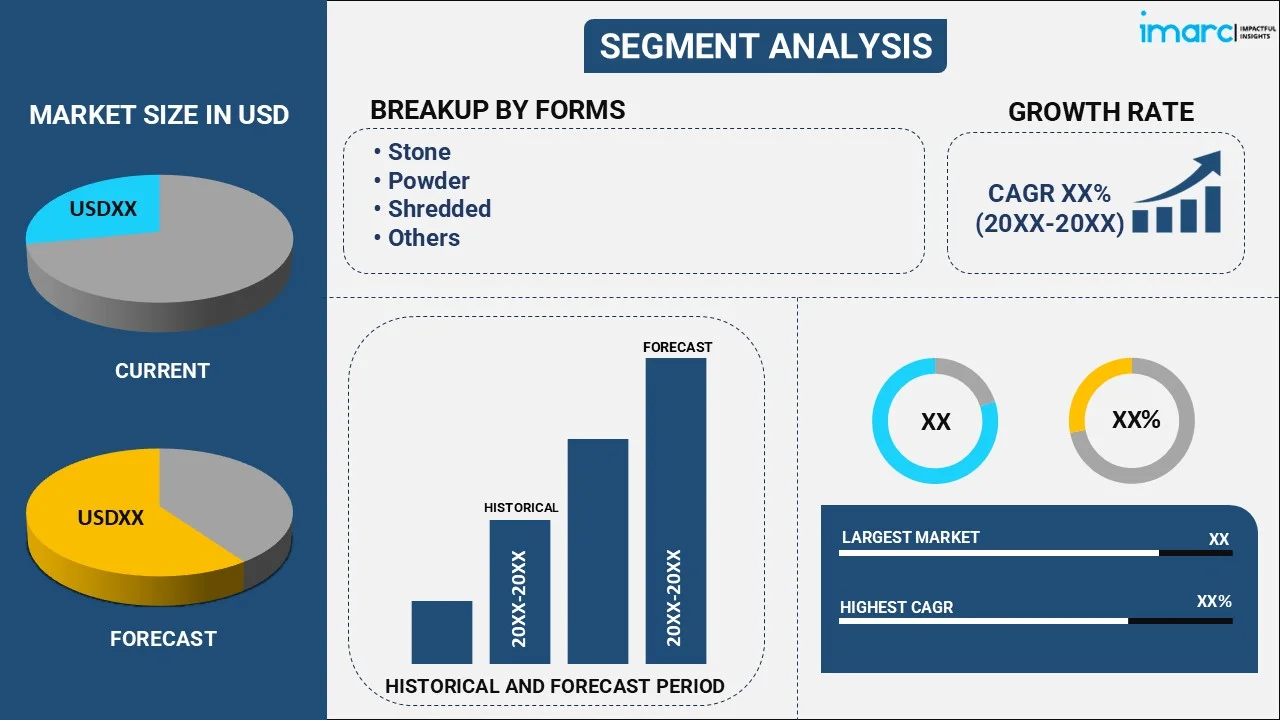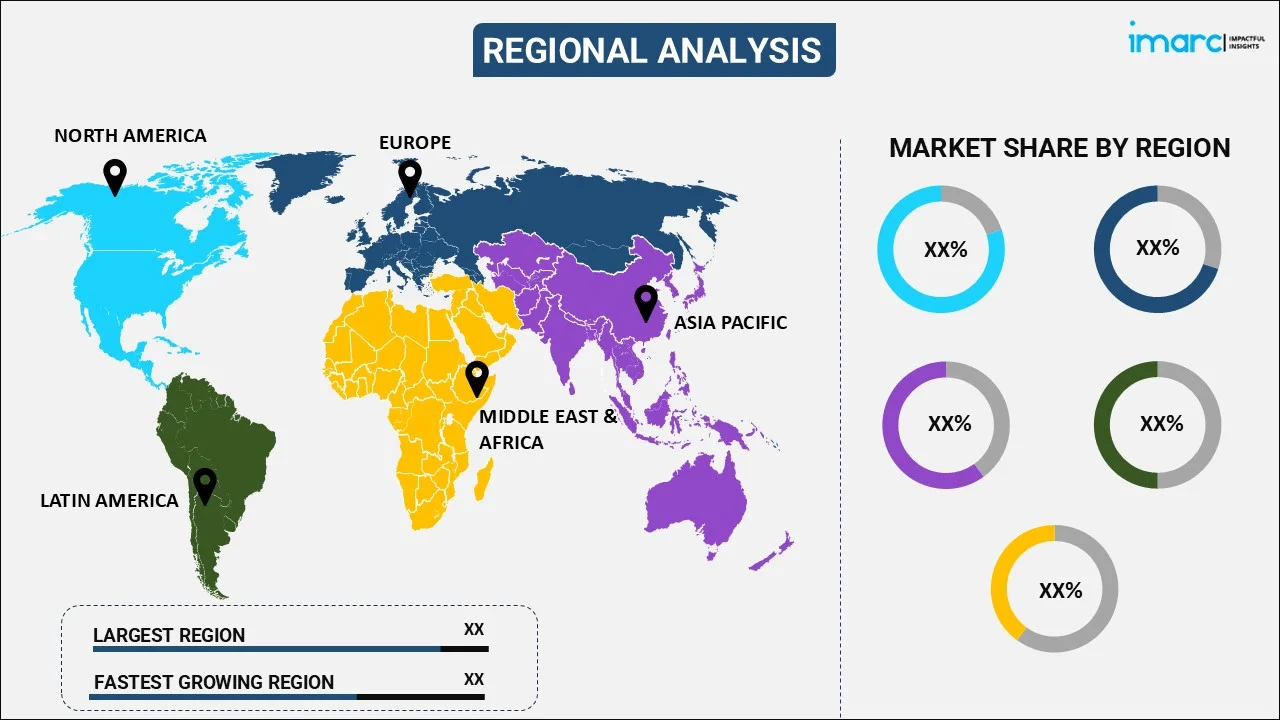
Ball Clay Market Report by Form (Stone, Powder, Shredded, and Others), Price (Below $40, $40 - $50, Above $50), End Use (Ceramic, Non-ceramic), and Region 2025-2033
Market Overview:
The global ball clay market size reached USD 940 Million in 2024. Looking forward, IMARC Group expects the market to reach USD 1,190 Million by 2033, exhibiting a growth rate (CAGR) of 2.73% during 2025-2033. The significant growth in the construction industry, widespread product utilization to produce ceramic goods, and increasing product application in three-dimensional (3D) printing represent some of the key factors driving the market.
|
Report Attribute
|
Key Statistics
|
|---|---|
|
Base Year
|
2024
|
|
Forecast Years
|
2025-2033
|
|
Historical Years
|
2019-2024
|
|
Market Size in 2024
|
USD 940 Million |
|
Market Forecast in 2033
|
USD 1,190 Million |
| Market Growth Rate 2025-2033 | 2.73% |
Ball clay refers to a fine-grained, naturally occurring sedimentary mineral found in the upper layers of the earth’s crust. It is commercially extracted through open-pit mining, followed by multiple processing steps, including refining, blending, forming, and firing. Ball clay is composed of various materials, such as kaolinite, quartz, mica, feldspar, talc, bone ash, and grog. It is widely used to produce ceramic tiles, bricks, sanitary ware, pottery, porcelain, refractory material, insecticides, drilling mud, and electrical insulators. Ball clay offers enhanced plasticity, excellent durability, high binding strength, low iron content, easy moldability, and good drying properties. It is also a cost-effective, versatile, readily available, and chemically stable product that improves the color and texture of finished goods. As a result, ball clay finds extensive applications across the construction, ceramics, foundry, paints and coatings, refractory, and agriculture industries.

Ball Clay Market Trends:
The global ball clay market is primarily being driven by significant growth in the construction industry. Ball clay is widely used to produce cement, mortar, tiles, bricks, pipes, fixtures, and insulation materials that are utilized in floors, walls, ceilings, countertops, fireplaces, chimneys, plumbing, and drainage systems. In addition to this, the increasing investment in various construction activities, such as hotels, malls, commercial buildings, housing societies, airports, and railway stations, is acting as another growth-inducing factor. Furthermore, the widespread product utilization to produce various ceramic goods, such as decorative objects, plant pots, earthenware, figurines, sculptures, bowls, mugs, plates, vases, lamps, ashtrays, and jewelry, is providing an impetus to the ball clay market growth. Besides this, the increasing product applications in three-dimensional (3D) printing to create complex and intricate shapes, such as prototypes and molds, are positively influencing the market growth. Additionally, the adoption of sustainable extraction practices, which involves utilizing renewable energy, reducing waste generation, and recycling water, is providing a thrust to the market growth. Apart from this, the growing product demand in the paints and coatings industry as a filler and rheology modifier to improve the texture and flow properties is creating a positive outlook for the market growth. Other factors, including rapid infrastructural development activities, the implementation of various government initiatives to promote green construction, extensive research and development (R&D) activities, and the growing product demand as a drilling fluid additive in the oil and gas industry, are anticipated to drive the market growth.
Key Market Segmentation:
IMARC Group provides an analysis of the key trends in each segment of the global ball clay market, along with forecasts at the global, regional, and country levels from 2025-2033. Our report has categorized the market based on form, price, and end use.
Form Insights:

- Stone
- Powder
- Shredded
- Others
The report has provided a detailed breakup and analysis of the ball clay market based on the form. This includes stone, powder, shredded, and others. According to the report, powder accounted for the largest share of the ball clay market size.
Price Insights:
- Below $40
- $40 - $50
- Above $50
A detailed breakup and ball clay market analysis based on the price has also been provided in the report. This includes below $40, $40 - $50, and above $50.
End Use Insights:
- Ceramic
- Sanitary Ware
- Wall and Floor Tiles
- Tableware
- Bricks
- Other Ceramics
- Non-ceramic
- Adhesives and Sealants
- Rubbers and Plastics
- Fertilizers and Insecticides
- Other Non-ceramics
A detailed breakup and analysis of the ball clay market based on the end use has also been provided in the report. This includes ceramic (sanitary ware, wall and floor tiles, tableware, bricks, and other ceramics) and non-ceramic (adhesives and sealants, rubbers and plastics, fertilizers and insecticides, and other non-ceramics). According to the report, ceramics accounted for the largest ball clay market share.
Regional Insights:

- North America
- United States
- Canada
- Europe
- Germany
- France
- United Kingdom
- Italy
- Spain
- Russia
- Others
- Asia Pacific
- China
- Japan
- India
- South Korea
- Australia
- Indonesia
- Others
- Latin America
- Brazil
- Mexico
- Others
- Middle East and Africa
The report has also provided a comprehensive analysis of all the major regional markets, which include North America (the United States and Canada); Europe (Germany, France, the United Kingdom, Italy, Spain, Russia, and others); Asia Pacific (China, Japan, India, South Korea, Australia, Indonesia, and others); Latin America (Brazil, Mexico, and others); and the Middle East and Africa. According to the report, Asia Pacific was the largest market for ball clay. Some of the factors driving the Asia Pacific ball clay market included rapid infrastructural development activities, the implementation of various government initiatives, and significant technological advancements.
Competitive Landscape:
The report has also provided a comprehensive analysis of the competitive landscape in the global ball clay market. Detailed profiles of all major companies have also been provided. Some of the companies covered include Ashapura Group Of Industries, Ashok Alco-Chem Limited, Finore Minerals LLP, G&W Mineral Resources (Zimco Group (PTY) Ltd), Garg Minerals and Chemicals, Golcha Associated Exports LLP, Gujarat Mineral Development Corporation Limited, Imerys S.A., JLD Minerals Private Limited, Modhka Marine Sdn Bhd, Old Hickory Clay Company, Plainsman Clays Ltd, Sibelco, etc. Kindly note that this only represents a partial list of companies, and the complete list has been provided in the report.
Report Coverage:
| Report Features | Details |
|---|---|
| Base Year of the Analysis | 2024 |
| Historical Period | 2019-2024 |
| Forecast Period | 2025-2033 |
| Units | Million USD |
| Forms Covered | Stone, Powder, Shredded, Others |
| Prices Covered | Below $40, $40 - $50, Above $50 |
| End Uses Covered |
|
| Regions Covered | Asia Pacific, Europe, North America, Latin America, Middle East and Africa |
| Countries Covered | United States, Canada, Germany, France, United Kingdom, Italy, Spain, Russia, China, Japan, India, South Korea, Australia, Indonesia, Brazil, Mexico |
| Companies Covered | Ashapura Group Of Industries, Ashok Alco-Chem Limited, Finore Minerals LLP, G&W Mineral Resources (Zimco Group (PTY) Ltd), Garg Minerals and Chemicals, Golcha Associated Exports LLP, Gujarat Mineral Development Corporation Limited, Imerys S.A., JLD Minerals Private Limited, Modhka Marine Sdn Bhd, Old Hickory Clay Company, Plainsman Clays Ltd, Sibelco, etc. |
| Customization Scope | 10% Free Customization |
| Post-Sale Analyst Support | 10-12 Weeks |
| Delivery Format | PDF and Excel through Email (We can also provide the editable version of the report in PPT/Word format on special request) |
Key Questions Answered in This Report:
- How has the global ball clay market performed so far, and how will it perform in the coming years?
- What are the drivers, restraints, and opportunities in the global ball clay market?
- What is the impact of each driver, restraint, and opportunity on the global ball clay market?
- What are the key regional markets?
- Which countries represent the most attractive ball clay market?
- What is the breakup of the market based on the form?
- Which is the most attractive form in the ball clay market?
- What is the breakup of the market based on the price?
- Which is the most attractive price in the ball clay market?
- What is the breakup of the market based on end use?
- Which is the most attractive end use in the ball clay market?
- What is the competitive structure of the global ball clay market?
- Who are the key players/companies in the global ball clay market?
Key Benefits for Stakeholders:
- IMARC’s report offers a comprehensive quantitative analysis of various market segments, historical and current ball clay market trends, market forecasts, and dynamics of the market from 2019-2033.
- The research study provides the latest information on the market drivers, challenges, and opportunities in the global ball clay market.
- The study maps the leading, as well as the fastest-growing, regional markets. It further enables stakeholders to identify the key country-level markets within each region.
- Porter's five forces analysis assist stakeholders in assessing the impact of new entrants, competitive rivalry, supplier power, buyer power, and the threat of substitution. It helps stakeholders to analyze the level of competition within the ball clay industry and its attractiveness.
- Competitive landscape allows stakeholders to understand their competitive environment and provides an insight into the current positions of key players in the market.
Need more help?
- Speak to our experienced analysts for insights on the current market scenarios.
- Include additional segments and countries to customize the report as per your requirement.
- Gain an unparalleled competitive advantage in your domain by understanding how to utilize the report and positively impacting your operations and revenue.
- For further assistance, please connect with our analysts.
 Inquire Before Buying
Inquire Before Buying
 Speak to an Analyst
Speak to an Analyst
 Request Brochure
Request Brochure
 Request Customization
Request Customization




.webp)




.webp)












